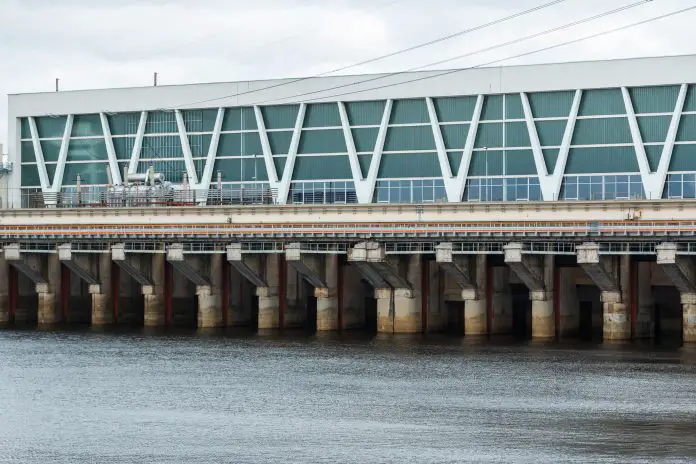Recent forecasts from the U.S. Energy Information Administration (EIA) project a notable 7.5% increase in U.S. hydropower generation in 2025, reaching an estimated 259.1 billion kilowatt-hours (BkWh). While this marks an improvement over last year’s figures, it still lags behind the 10-year average by 2.4%. For small business owners, particularly those in energy-dependent sectors, understanding these trends could prove crucial for budgeting and operational planning.
The U.S. hydropower landscape is predominantly shaped by weather patterns, especially in the western states, where around half of the nation’s hydropower capacity resides. Areas such as Washington, Oregon, and California play a significant role, and small business owners in these regions should pay close attention to precipitation forecasts, as they significantly impact hydropower generation and, consequently, electricity prices.
This year has seen mixed precipitation conditions across the West. Northern California, Oregon, and eastern Washington report above-average rainfall, while areas in Southern California and parts of Idaho are experiencing below-normal levels. Such disparities may lead to fluctuations in energy costs, which could particularly affect small businesses reliant on stable electricity pricing.
The forecast for the Northwest and Rockies region alone anticipates a hydropower generation of 125.1 BkWh—up 17% from 2024 but slightly below the 10-year average. This projection is informed by the National Oceanic and Atmospheric Administration’s water supply outlook. As the spring season progresses, small business owners should be aware that melting snowpack accumulations typically enhance water flow through dams, which can lead to lower energy costs at peak times.
California’s hydropower generation forecast is 28.5 BkWh, which is 6% less than last year but 15% higher than the 10-year average. Despite this, reservoir levels across major California sites are currently above their historical averages, with the two largest—Shasta and Oroville—reporting 113% and 121% of their historical averages, respectively. Such conditions could provide a buffer against energy price hikes, ensuring that local businesses can better predict their operational costs.
Conversely, small business owners should also consider the potential challenges posed by the changing hydropower landscape. While the increased generation may lead to lower electricity costs, a decreased water supply forecast for certain regions might signal future fluctuations. For instance, the forecast at The Dalles Dam exhibits only 85% of normal water supply levels, raising questions about sustainability and long-term energy costs.
For small retailers and manufacturers particularly sensitive to electricity prices, these forecasts can serve as a sign to engage in proactive measures. Implementing energy-efficient systems or exploring alternative energy solutions might help mitigate potential spikes in electricity costs driven by fluctuating hydropower availability.
Additionally, businesses that operate across state lines or in energy-intensive industries such as manufacturing may find it beneficial to develop robust contingency plans to handle unpredictable energy pricing and availability. Keeping abreast of weather reports and state-specific energy regulations may offer further insights into future energy landscapes and business sustainability.
As these trends unfold, small business owners are encouraged to closely monitor developments. The interplay between hydropower generation and prevailing weather conditions will continue to shape energy markets, impacting everything from operational costs to long-term strategic planning.
For more information, you can access the full EIA report here.
Image Via Envato: BLACKDAY



